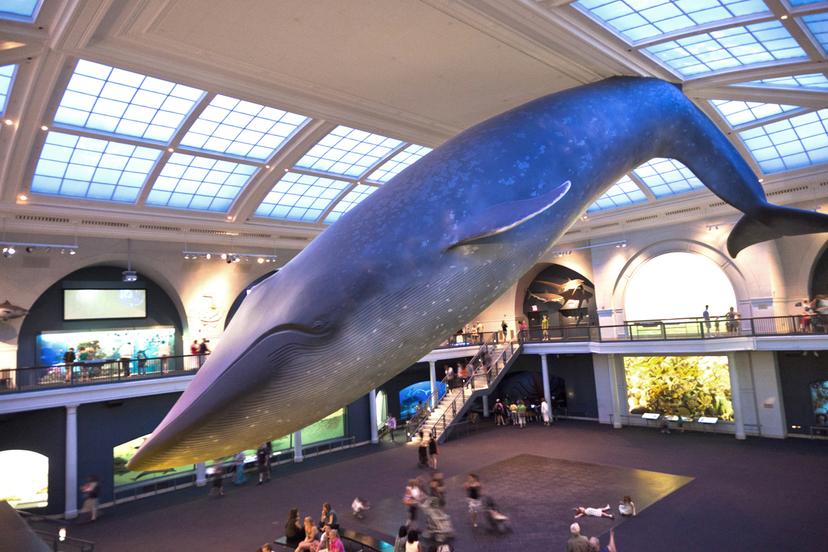Museums and Cultural Centers

Industry Outlook
The Occupational Outlook Handbook reports that employment of archivists and curators is expected to increase by about 9 percent and 10 percent, respectively, faster than the average for all occupations, through 2028. Museum technicians and conservators will also have faster than average employment growth, 9 percent. As museums focus on education and service to the community, public programs and education staff are likely to be somewhat protected. Archivists, especially those with expertise in electronic records management, will be in demand as public and private institutions require organization of and access to records and information. Opportunities for curators will be fueled by continued public interest in science, art, history, and technology. However, museums and other cultural institutions are often subject to funding cuts during recessions or periods of budget tightening.
The museums and cultural centers industry experienced serious setbacks in 2020 due to the coronavirus pandemic. Many museums and cultural centers closed and postponed events due to business lockdowns, restrictions on gatherings, and social distancing requirements. The pandemic caused an economic slowdown that further reduced funding for museums and cultural centers. According to the U.S. government research group Argonne National Laboratory, the National Endowment for the Arts (through the Coronavirus Aid, Relief, and Economic Security (CARES) Act, awarded $75 million to support struggling nonprofit arts organizations with staff salaries, artists' or contractual personnel fees, and facility costs. Some states and local governments also set up relief programs for artists, musicians, and other creative professions, and private donations will continue to help sustain some museums and cultural institutions.
The rollout of the COVID-19 vaccine in 2021 has helped bolster the economy and as the pandemic becomes contained, more museums and cultural centers will reopen. In the meantime, many have transitioned to virtual arts experiences, with online programming such as remote tours of museums, live concerts, ballet, films, classes, and other events. The research group IBISWorld predicts steady growth in the museums industry through 2026, due to the economic recovery and rebound in the tourism and travel sectors after the pandemic. Pent-up demand for travel coupled with increased disposable income will be leading factors contributing to growth for museums and cultural centers. Inbound trips by non-U.S. residents as well as domestic trips by U.S. residents are also projected to rise in the coming years, benefiting museums and cultural centers that are located in major tourist destinations.
There is strong competition for jobs as archivists, curators, museum technicians, and conservators because the number of qualified applicants is far greater than the number of job openings. Prime archivist jobs will go to graduates with highly specialized training, such as master's degrees in both library science and history, with a concentration in archives or records management and extensive computer skills. Those interested in curator positions may have to work part time as interns, volunteer assistant curators, or research associates after completing their formal education. Substantial work experience in collection management, exhibit design, or restoration, as well as database management skills, will be necessary for permanent status. Job opportunities for curators should be best in art and history museums, the largest employers in the museum industry.
In order to accurately represent different cultures, museums are actively recruiting people from minority, indigenous, and ethnic populations to work in a variety of museum functions, including as curators, technicians, educators, designers, and accountants.
Museum building has not stopped, but it is being pursued more conservatively than in the past, with a primary focus on children's museums and discovery centers. These museums usually do not have permanent collections, and therefore avoid the operating and personnel costs of managing a collection. With constricted resources, museums and cultural centers are focusing more closely on the needs of the communities they serve and their own roles in that community.
